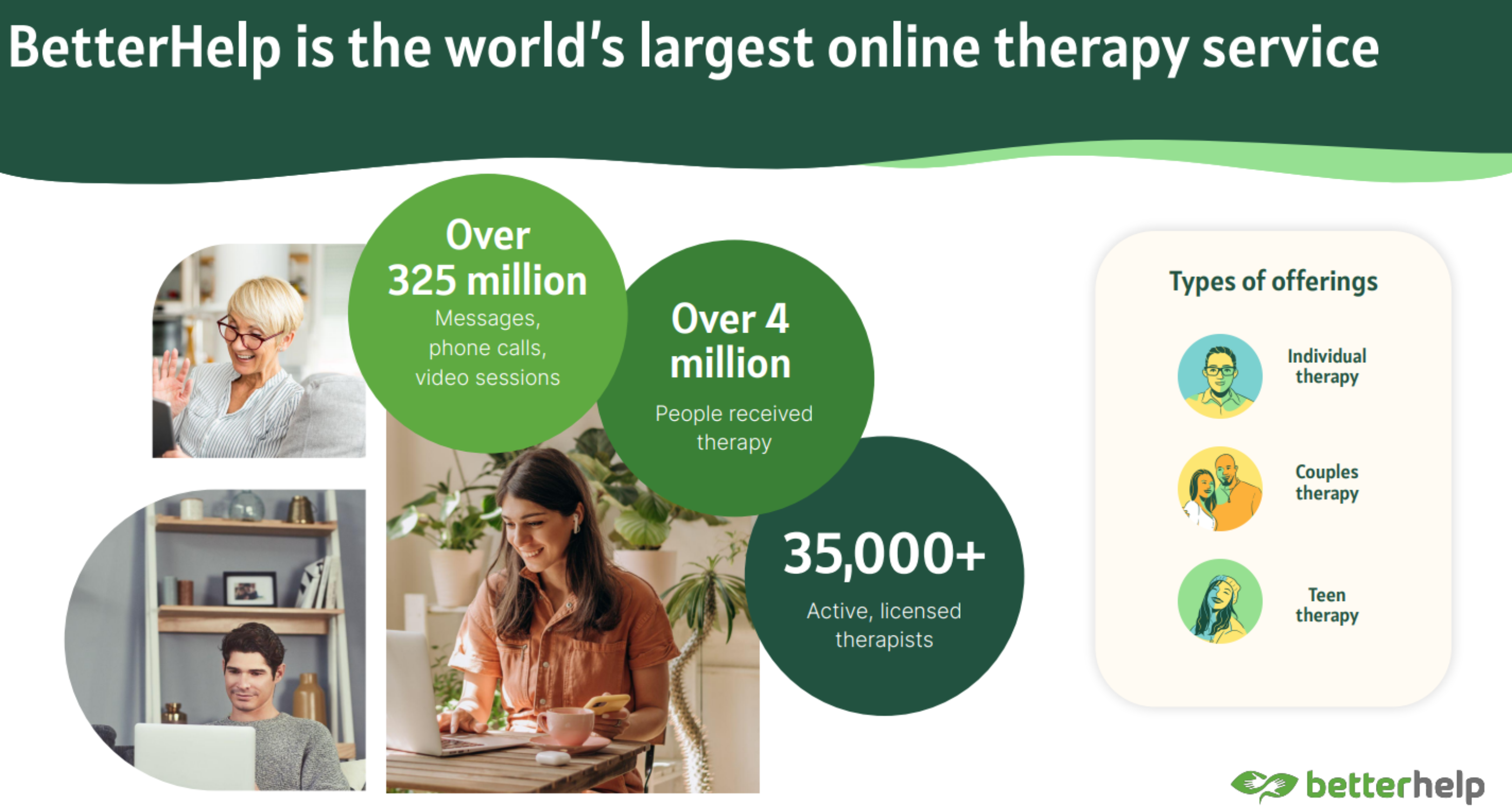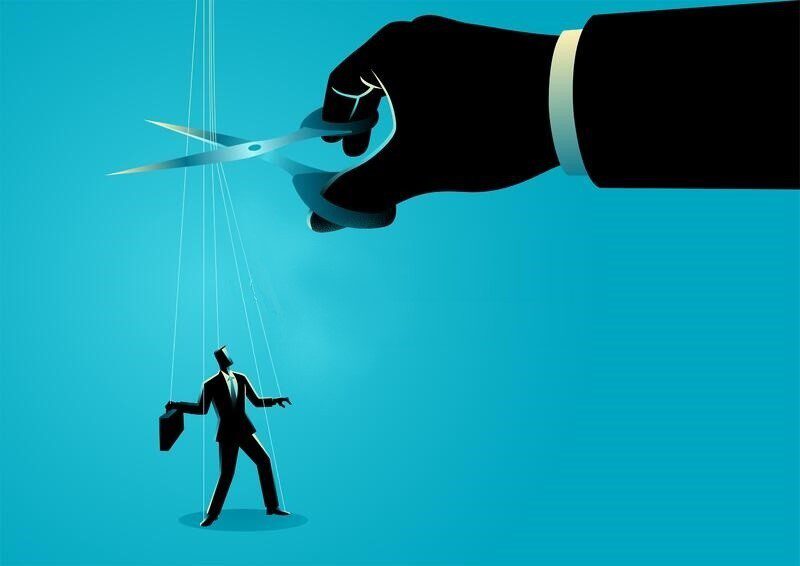What is autonomy and why is it so important?
Autonomy through Eric Berne’s transactional analysis theory is a concept that explores how individuals can gain personal freedom within their relationships with others. According to this theory, autonomy is a matter of giving up “rewards” (in quotes because these rewards can be very bad) and the influence of parents, culture, and even one’s own psychological games and strategies. Autonomy is then further broken down into three separate aspects: present-moment concessions, spontaneity, and intimacy.
Present-moment concessions refer to the concept of making decisions in the here and now, without external influences or expectations. This is crucial for the development of autonomy, as it allows individuals to tap into their own sense of morality. Spontaneity is the ability to express themselves in any way and with free will. This is often hindered by the ‘Parent’, a construct developed by Berne that represents one’s internalization of authority, which we can also call in some cases the “inner critic”. Ultimately, intimacy is the ability to explore the world and express emotions freely, without fear of judgment.
In general, autonomy is a fundamental part of the individual, and it can be achieved by understanding the theory of transactional analysis. By making independent decisions, expressing oneself freely, and being able to explore the world intimately, autonomy can be regained.
The concept of autonomy, as described by Eric Berne in his book The Games People Play, is key to understanding how to create meaningful relationships and how to free ourselves from the influences that parents and culture can impose. Autonomy is the ability to make choices and decisions on our own, without the rules and expectations of others.
Ulcerative colitis and Crohn’s disease as manifestations of repressed anger
In order to regain autonomy, it is important to make concessions in the present moment, known as the “here and now.” This involves rejecting any rewards or expectations from playing games and instead focusing on creating relationships with others without the need for any kind of game.
Another factor in regaining autonomy is spontaneity. It is the ability to express oneself freely and without fear of being judged or controlled by others. It is the freedom to speak and act in any way that is deemed appropriate and necessary, and to do so without the constraints of games or predetermined feelings.
The third and final component of autonomy is intimacy. Intimacy is often disrupted by the influence of the “Parent” ego state, which can make it difficult to explore the world around us. Intimacy involves the ability to be open and honest with ourselves and those around us, and is essential to autonomy.
Autonomy is a process that involves understanding the influences of culture, parents, and society, and then taking the necessary steps to release these influences. By making concessions in the present, allowing spontaneity, and encouraging intimacy, autonomy can be regained and meaningful relationships can be formed.

Keywords: autonomy, achieving autonomy, autonomy through psychotherapy, psychotherapy, Licensed therapist near me in Manhattan NYC, Affordable therapy services in New York State, Holistic psychotherapy sessions in NYC, Somatic Experiencing therapy for trauma recovery in New York City, NARM therapy in Brooklyn, Licensed couples therapy in Manhattan, Gestalt therapy near me in NYC, Marriage counseling in Queens NYC, Therapy for anxiety treatment in NYC, Experienced psychotherapist in New York, Licensed psychotherapist near me in NYC, Somatic Experiencing therapy sessions in New York, Trauma therapy and counseling in Manhattan, Gestalt therapy sessions in New York City, Therapy sessions for emotional regulation in New York, Trauma therapy near me in Brooklyn New York, Licensed mental health therapist in Manhattan NYC, Depression therapy in New York, New York City therapist experienced in PTSD treatment
*Photo: GettyImages
*Contact: Make an appointment
*For companies: Creative manager
Body-oriented therapy through dance and martial arts









